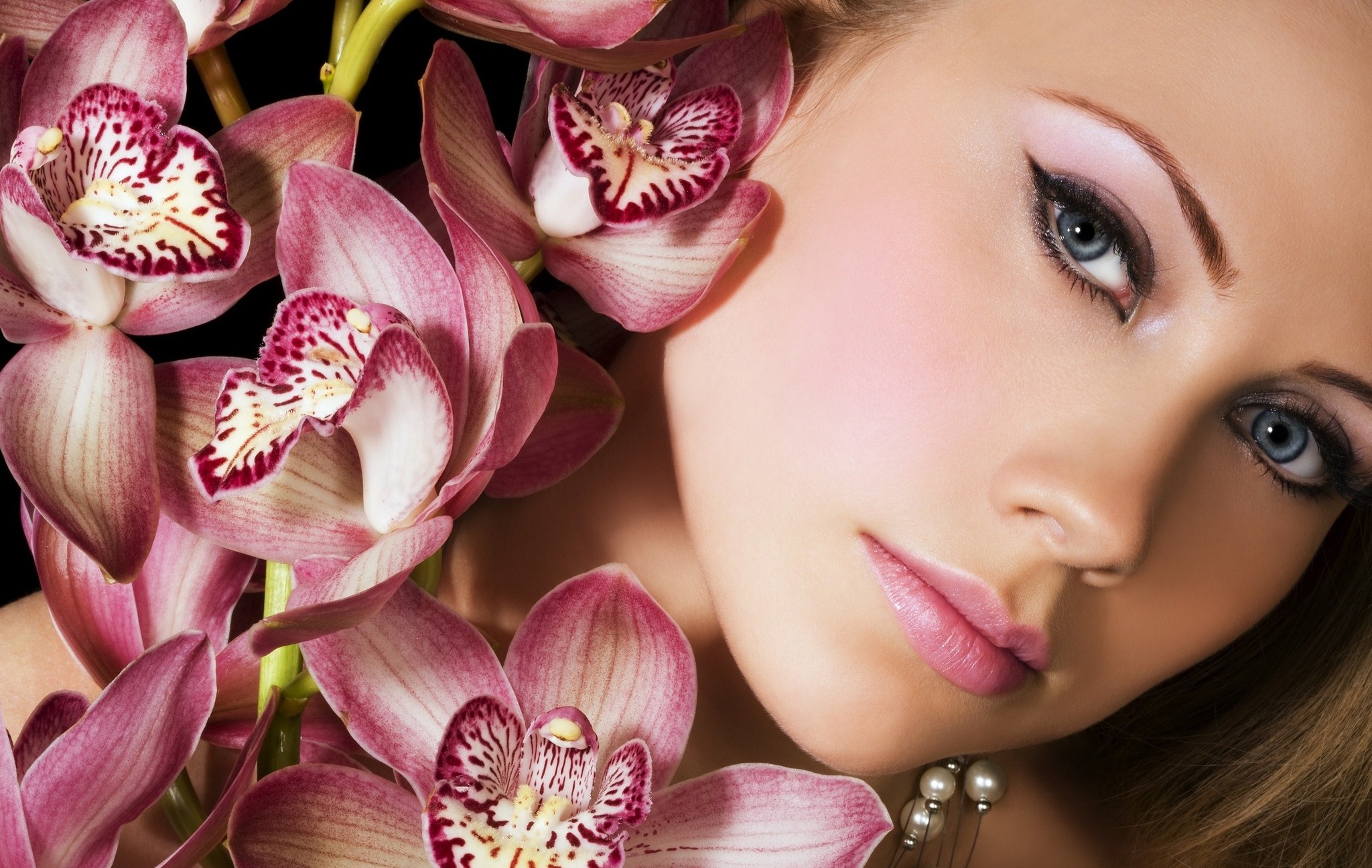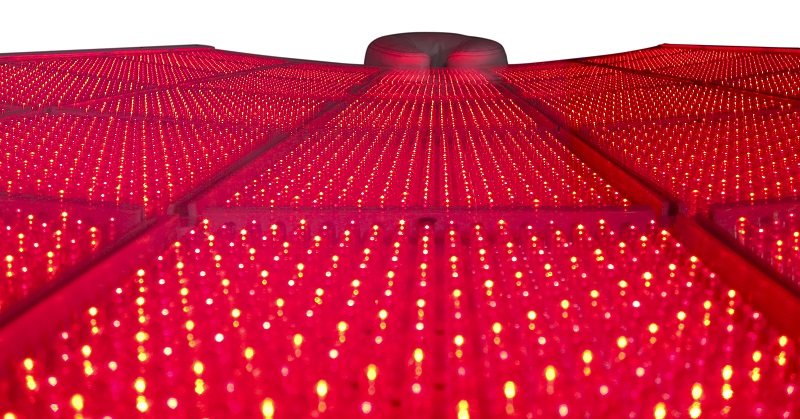

Lana's Beautyzone
Facials, Waxing & Body Treatments
Friends & Family Glow Program
Love your HydraFacial? Share the glow! Refer a friend or family member, and they’ll receive 20 off their first treatment . As a thank-you, you’ll get 20 dollars off your next HydraFacial, too! Call for more information. 650-947-4004.
More glow, more rewards! Start sharing today.







